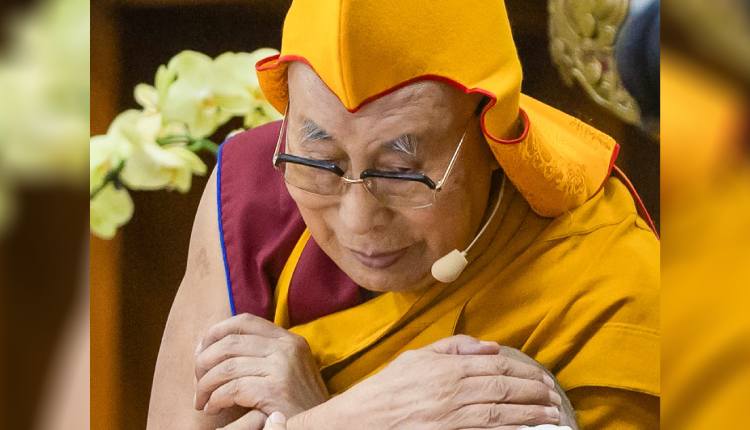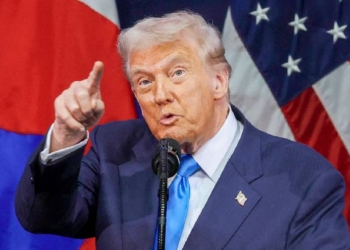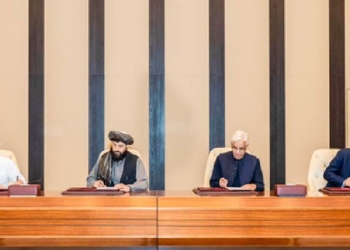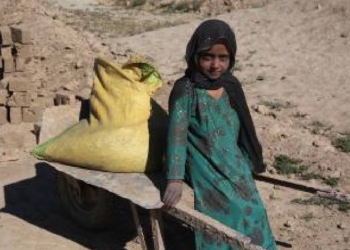Colombo: The Chinese government, frustrated by the growing popularity of the Dalai Lama and Tibetan Buddhism, has increased its repressive religious campaign in Tibet as the Chinese government carried out raids in an Amdo-based monastery and nearby villages to seize photos of the Dalai Lama. Several Tibetan Buddhist monasteries that hold great cultural and spiritual significance are located in Amdo region, a report has stated.
The Chinese government has long banned the display of the Dalai Lama’s pictures in Tibet, with several incidents being reported about Tibetans being beaten or arrested under fabricated charges, according to a report in Sri Lanka-based Ceylon Wire News. Recently, the Chinese authorities searched the Larang Tashi Khyil Monastery and surrounding villages in Amdo, confiscating photos of the Dalai Lama and stating that displaying them was illegal. Officials forcibly barged into the monks’ quarters and homes, cutting off all communications from the area. The raids were conducted in villages, including Thangnag, Ngonchag, Ledruk, and Sangkhog
A report in Ceylon Wire News stated, “Frustrated by the growing popularity of the Dalai Lama and Tibetan Buddhism, the Chinese government has escalated its repressive religious campaign in Tibet. Recently, it conducted raids in an Amdo-based monastery and nearby villages to confiscate photographs of the Dalai Lama. The Amdo region is home to several Tibetan Buddhist monasteries that hold great cultural and spiritual significance.”
After carrying out searches in houses, officials confiscated the photos. Apart from conducting these raids, Chinese officials also forced Tibetans to participate in a controversial Panchen Lama ceremony organised under tight security. Monks, nuns, and senior lamas — including the 7th Gunthang Rinpoche, the Sakya abbot, and the Sera abbot were forced to attend the Kalachakra empowerment led by Gyaltsen Norbu, the state-appointed Panchen Lama.
By promoting Nurbu, the Chinese government has been attempting to impose its version of Buddhism and weaken the influence of the Dalai Lama. His appointment as the state-sanctioned Panchen Lama is a significant part of China’s plan to control religious hierarchy in Tibet, particularly in anticipation of the Dalai Lama’s eventual succession. The CCP’s religious manipulation stems from its rejection of the legitimate 11th Panchen Lama, Gendun Choekyi Nyima. He was kidnapped by Chinese authorities at the age of six in 1995 and has been missing till now.
Four years back, the Chinese administration started a campaign in Zawonpo Township, Sershul County, in the Karze area, where officials removed photos of the Dalai Lama and replaced them with portraits of Chinese leaders. Tibetans were forced to sign a pledge that required them to express gratitude to the Communist Party, show love for the motherland, avoid banned photos, discourage loved ones from keeping such images, not share Dalai Lama pictures online, and pledge full political loyalty. Chinese authorities warned that violators will face loss of all state welfare benefits and assistance.
A report in Ceylon Wire News stated, “Freedom House’s 2022 Freedom in the World report highlighted how Chinese authorities are ‘especially rigorous in suppressing any signs of dissent among Tibetans, including manifestations of Tibetan religious beliefs and cultural identity.’ Such systematic suppression is part of a broader attempt to reshape Tibet’s spiritual landscape under the doctrine of state-controlled religion. The CCP’s approach towards religion is different, as faith is not tolerated unless it serves the Party’s goals. By promoting ‘Chinese Buddhism,’ Beijing seeks to craft a façade of religious harmony while using religion as a political tool to consolidate control over Tibet. This strategy aims to erode Tibetan cultural identity and replace it with a homogenised narrative of Party loyalty masked as patriotism.”
“China’s ongoing crackdown on the followers of the Dalai Lama and Tibetan Buddhism is a calculated political manoeuvre to suffocate Tibet’s spiritual autonomy. ‘Chinese Buddhism’ has become a façade and a political weapon in Beijing’s hands, designed to suppress Tibet’s centuries-old faith and replace it with a state-sanctioned version of obedience. The international community, especially the United States and Western democracies, must take a stronger stance against China’s religious persecution in Tibet. Holding Beijing accountable through diplomatic, legal, and human rights channels is essential to prevent the extinction of Tibet’s cultural and spiritual identity. Without firm global intervention, the voice of Tibetan Buddhism — and the teachings of the Dalai Lama — risk being silenced under the shadow of authoritarian control,” it added.
(IANS)
















